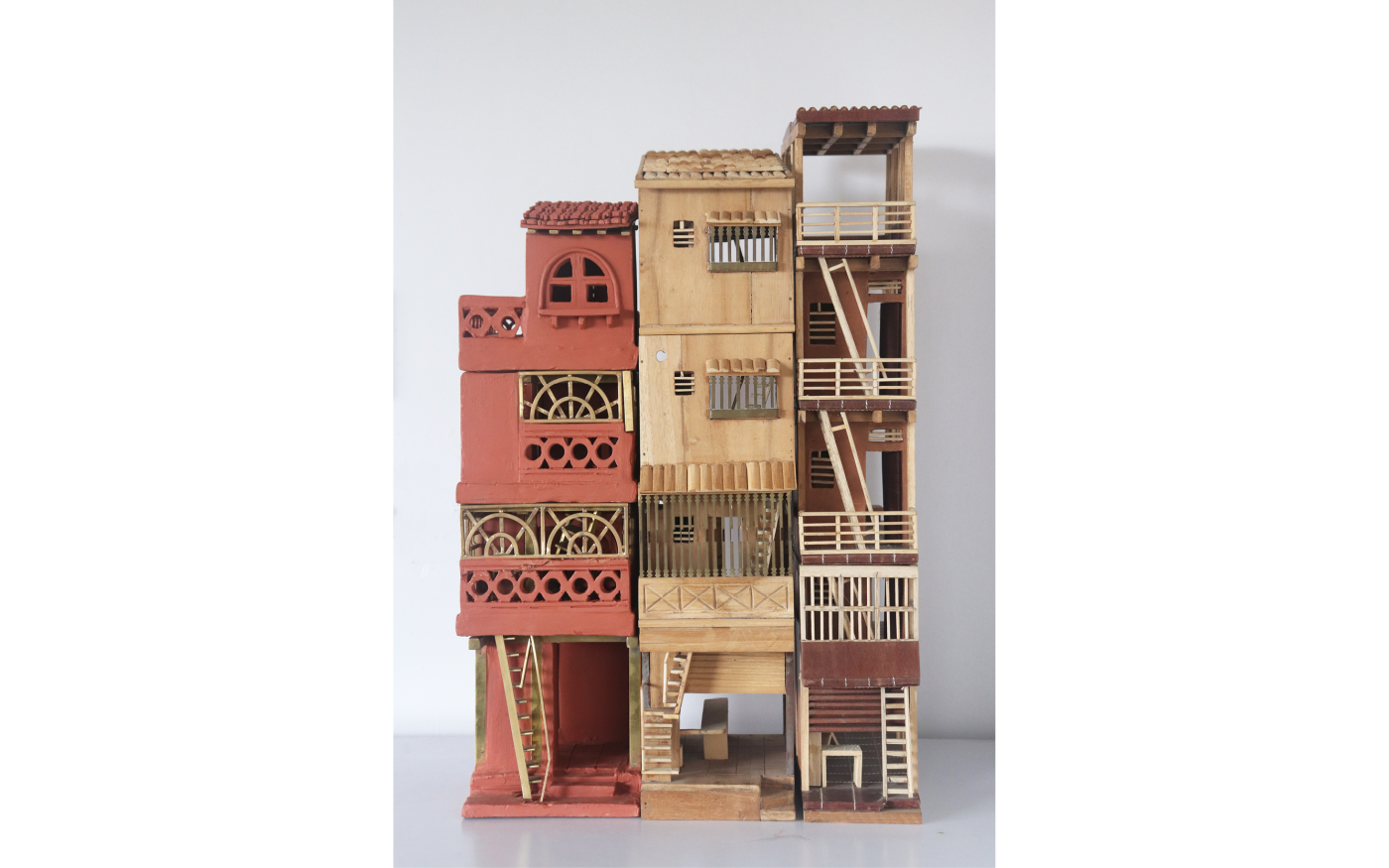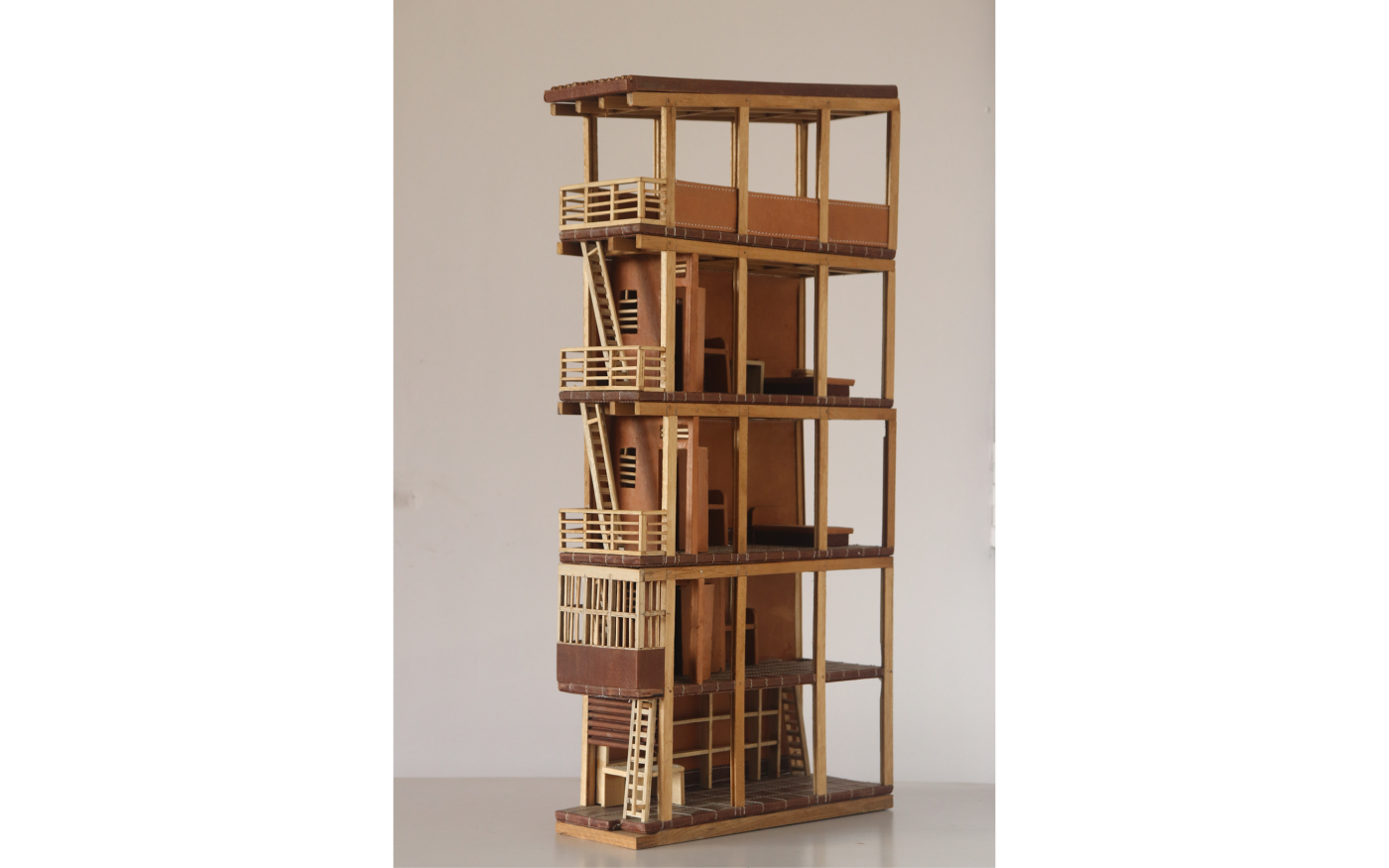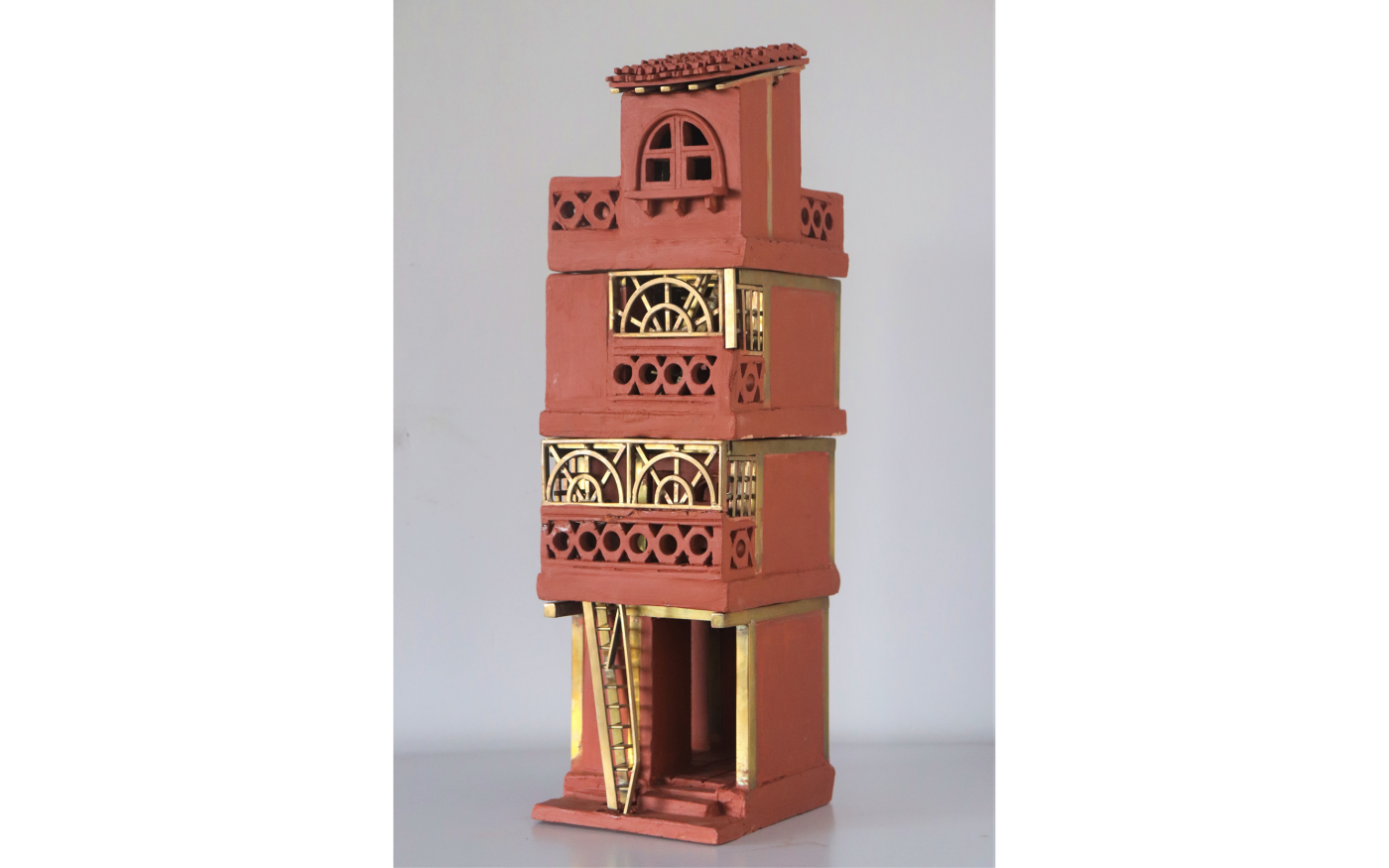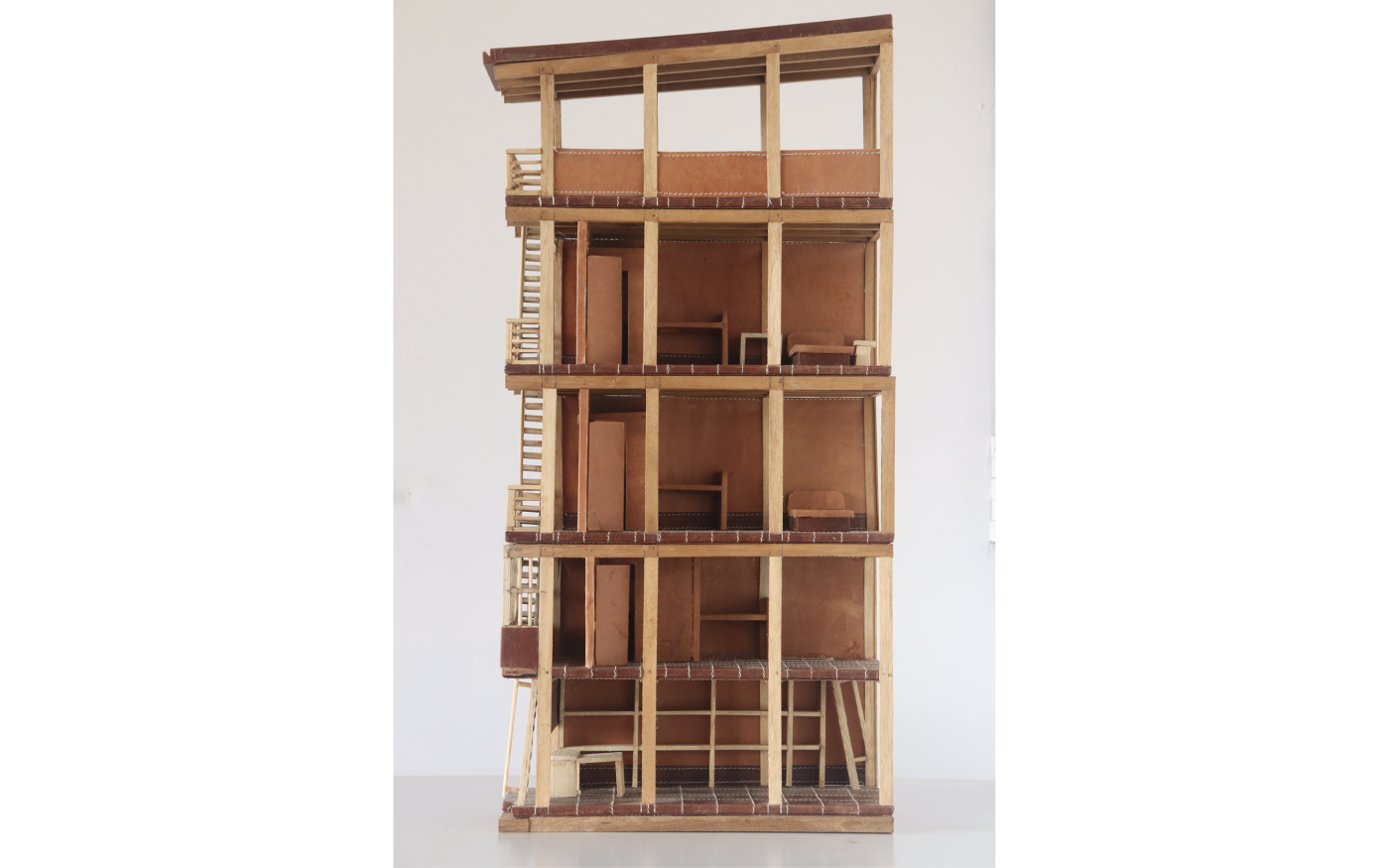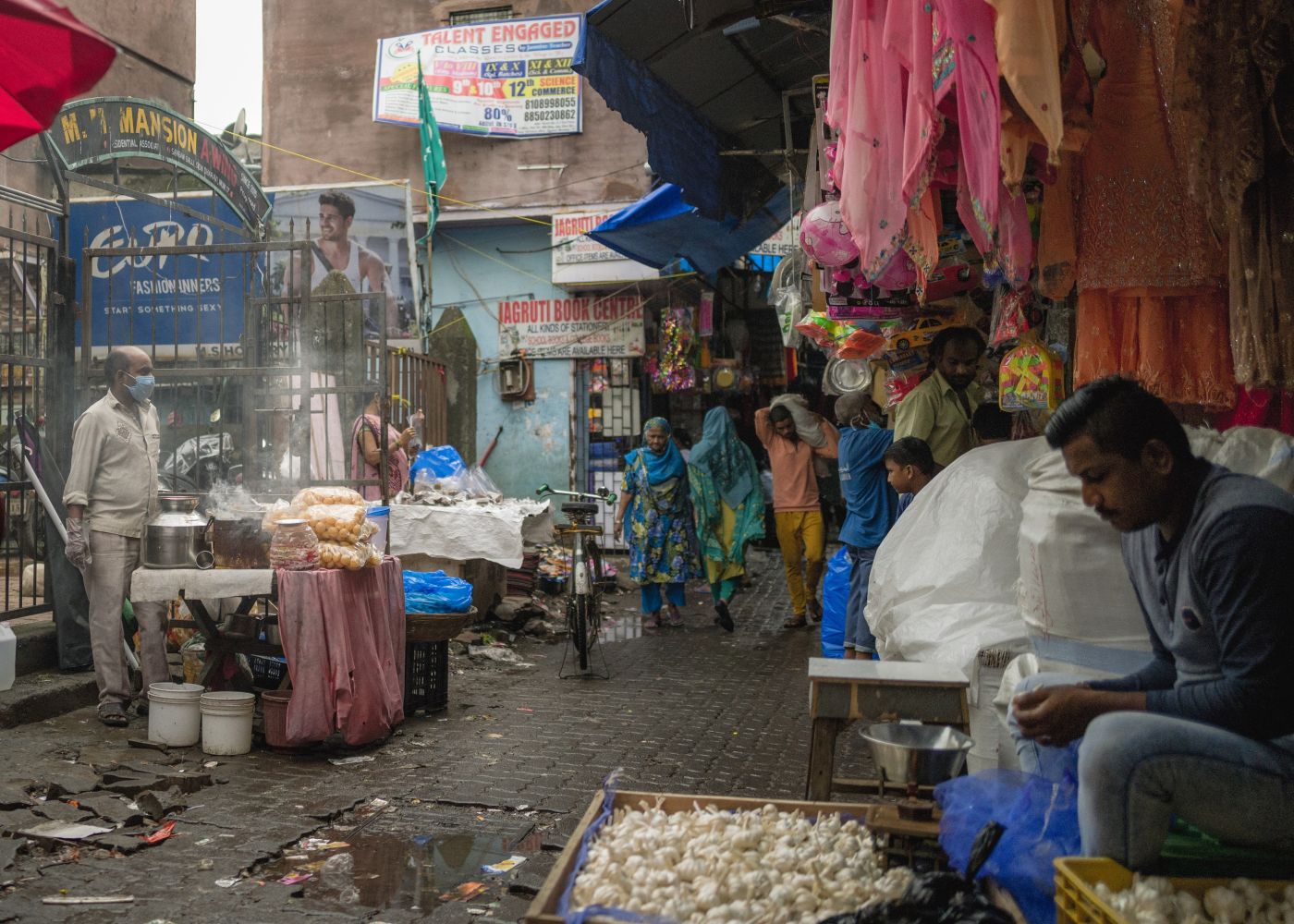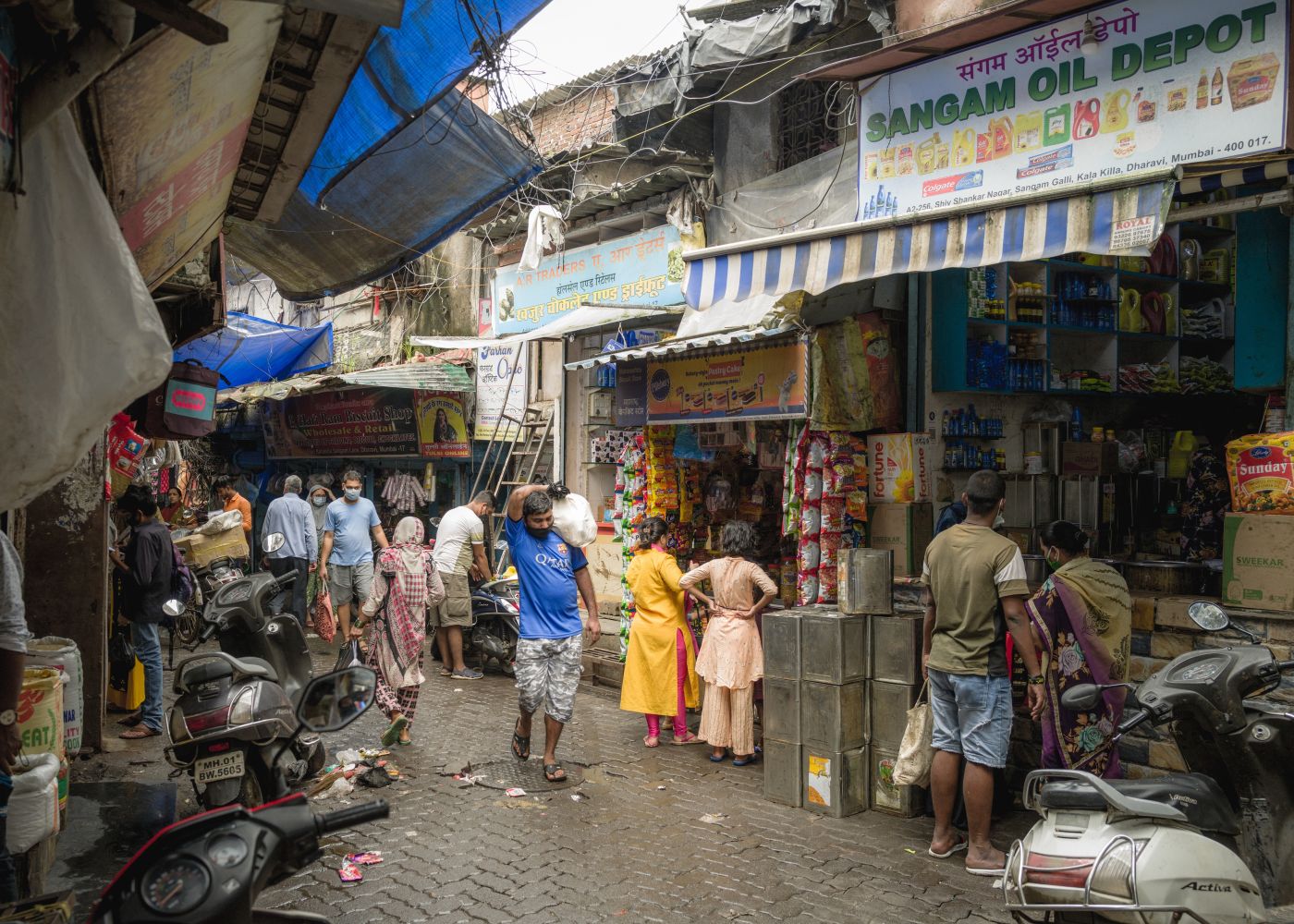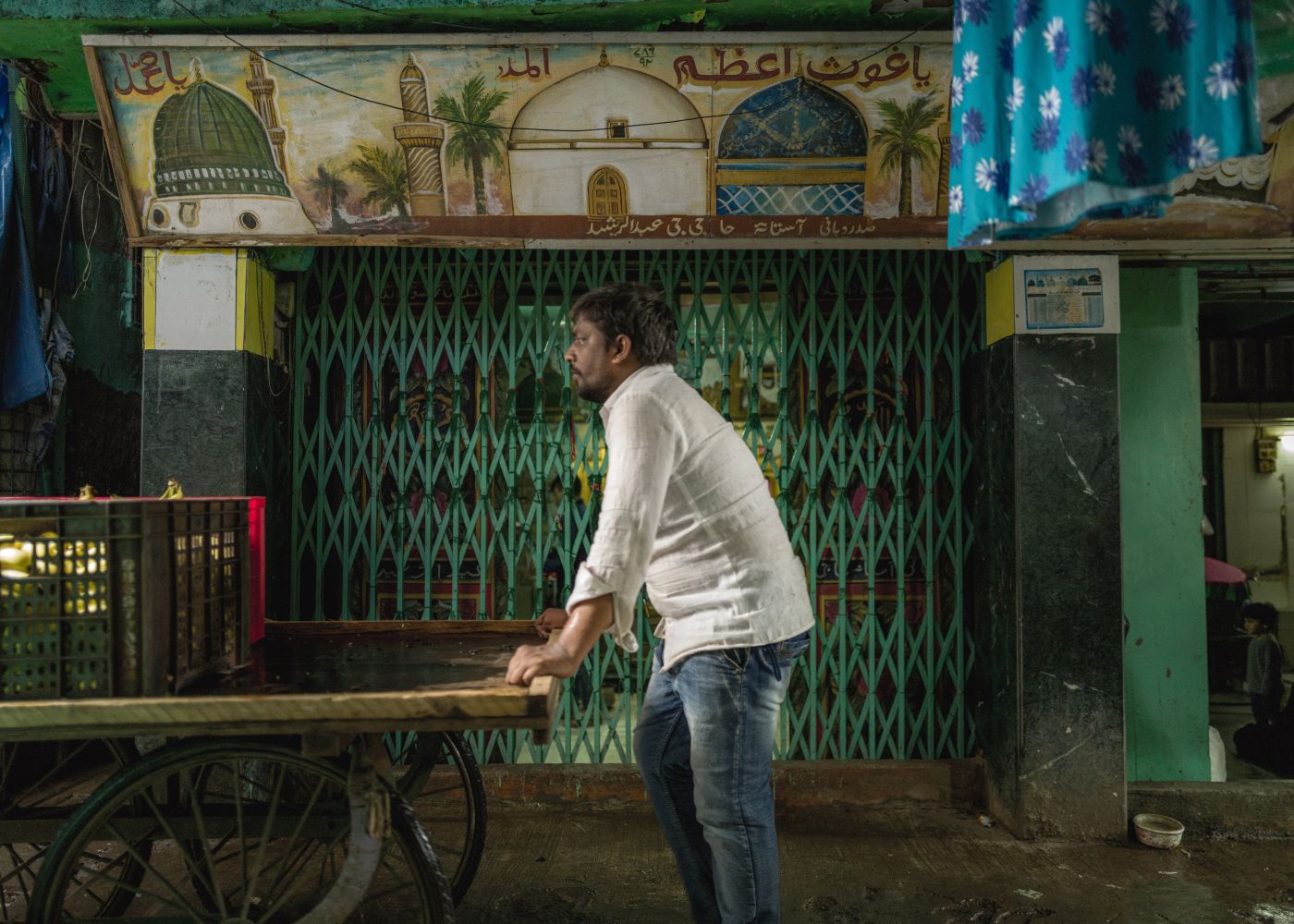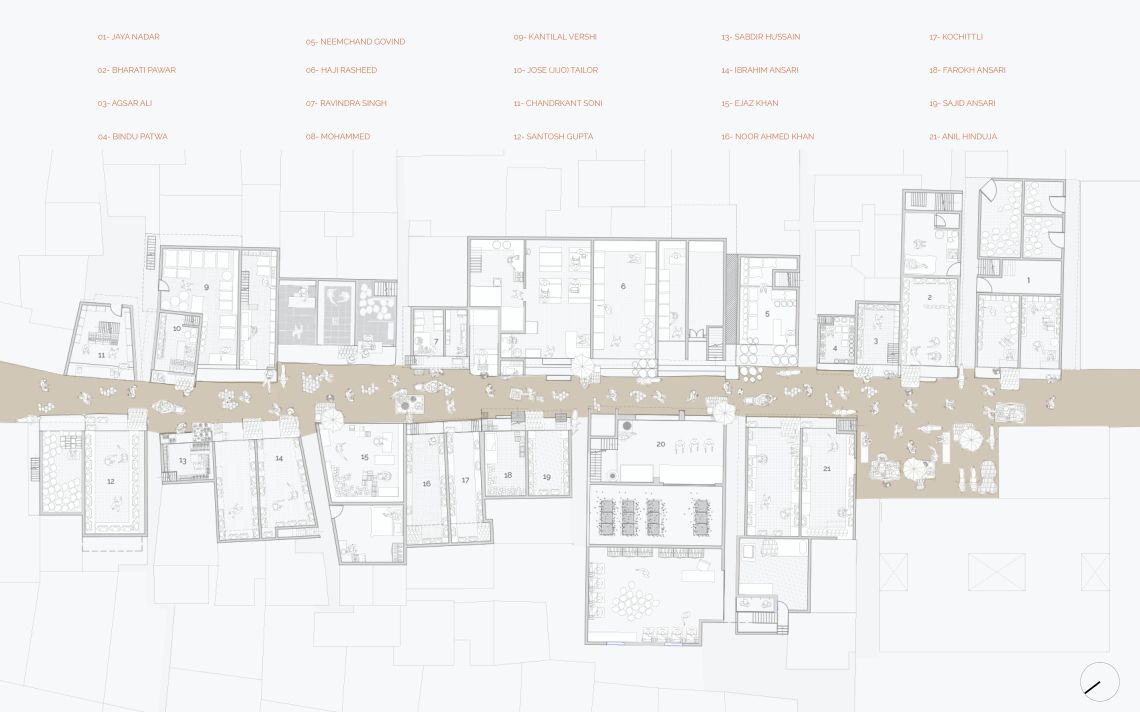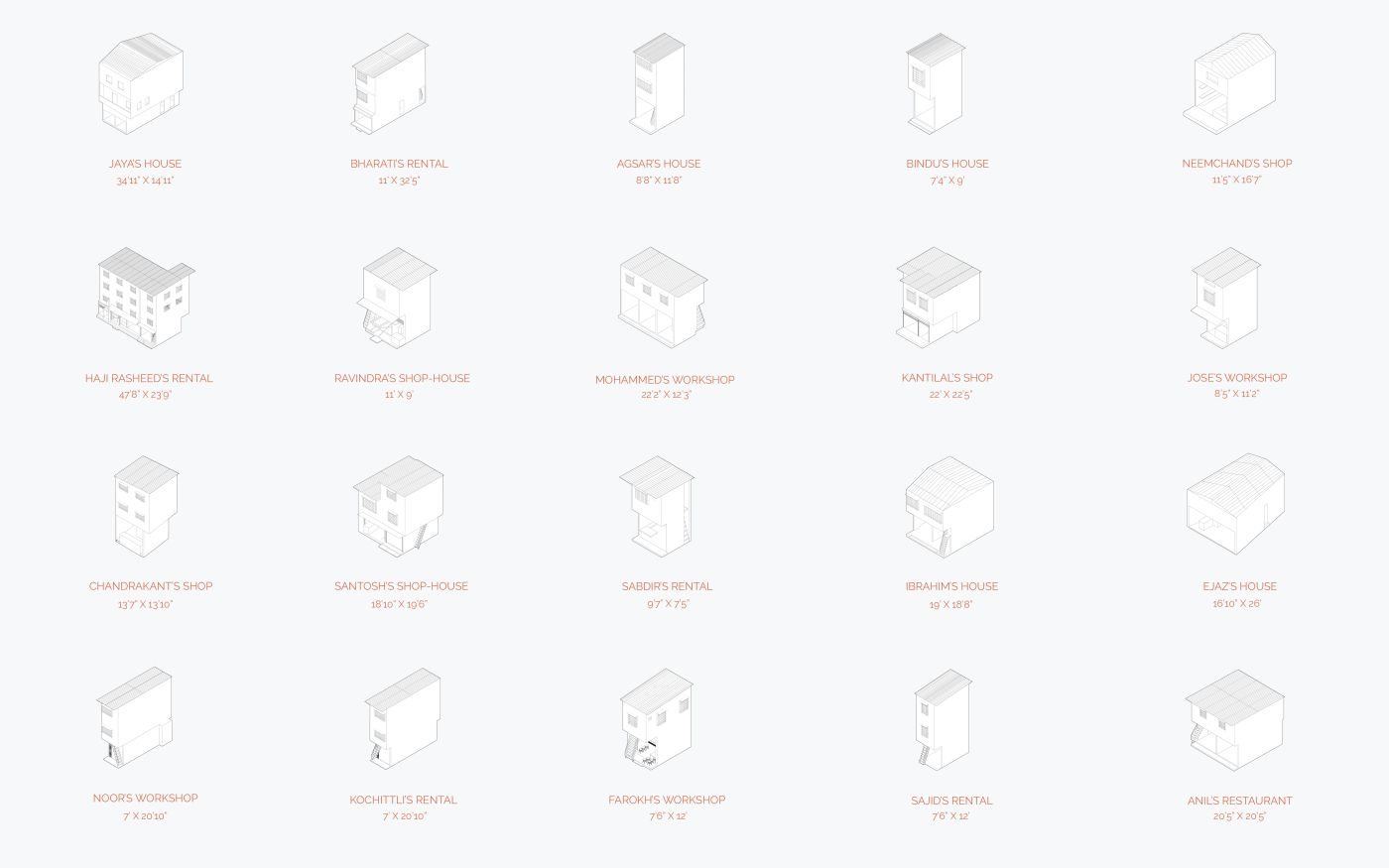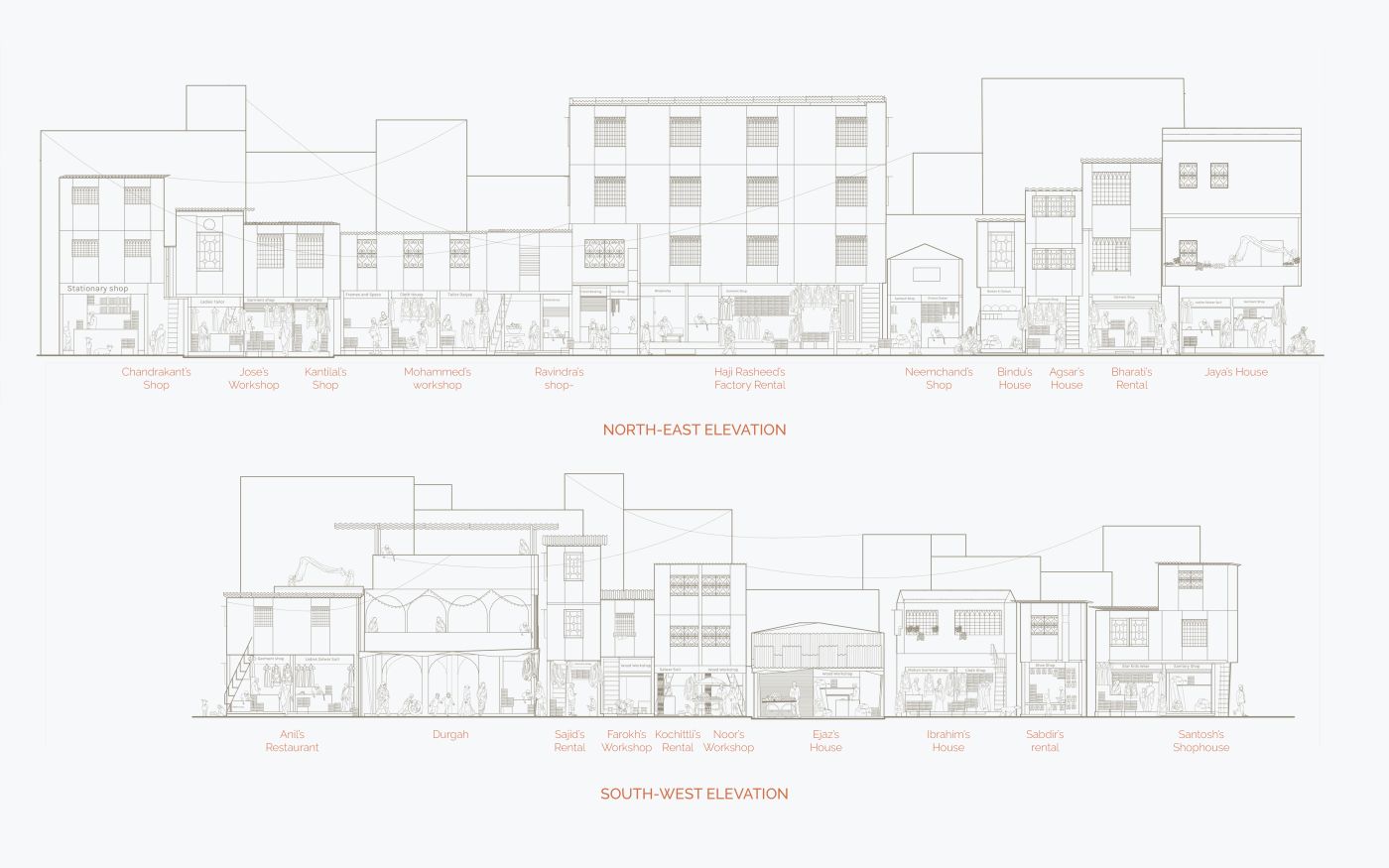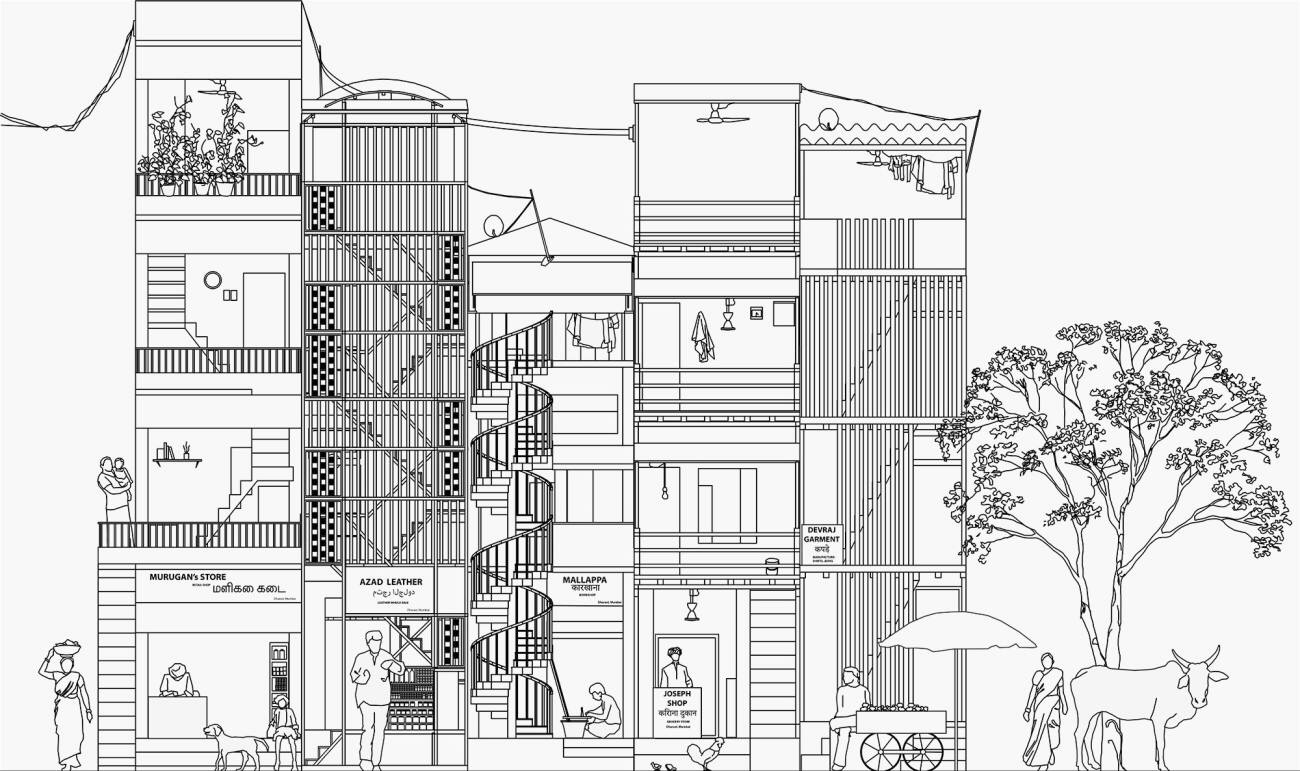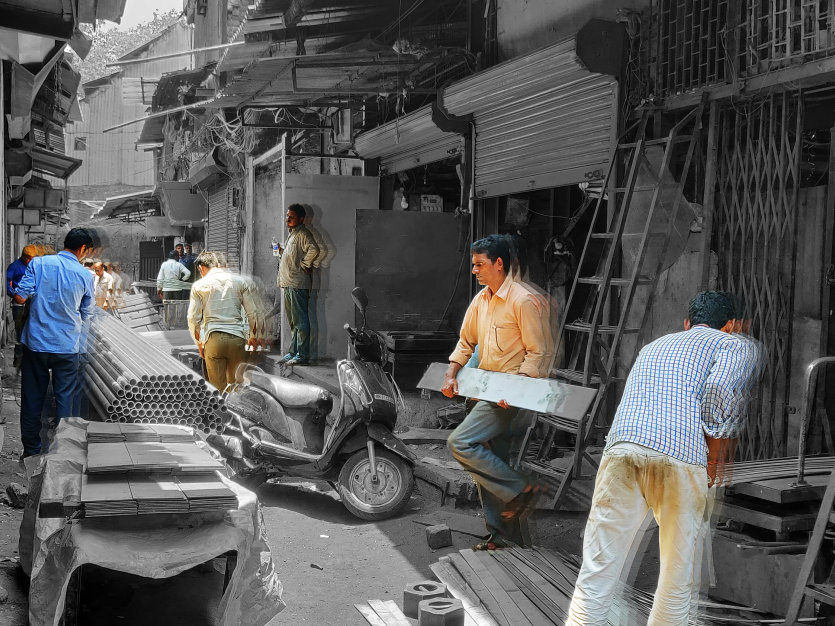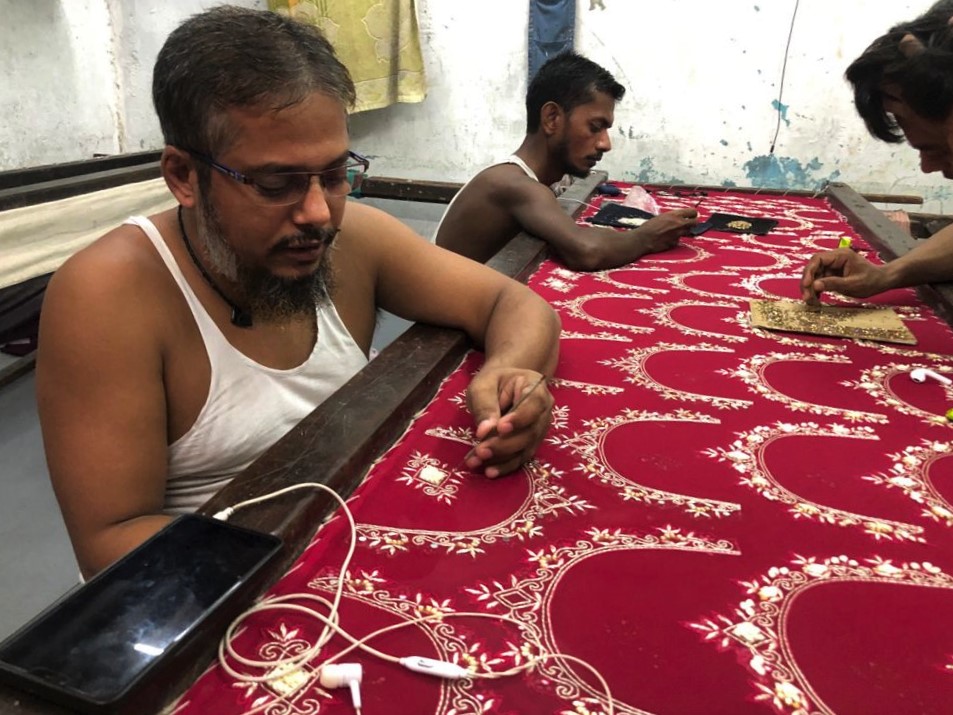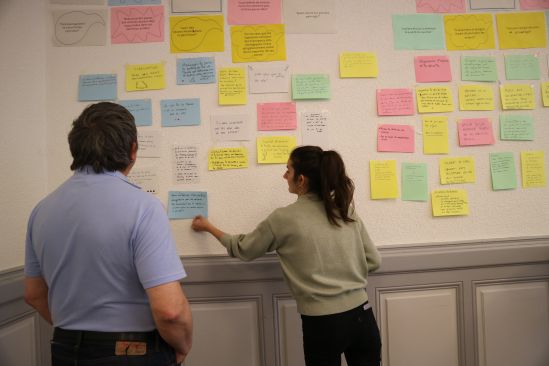Homegrown Street
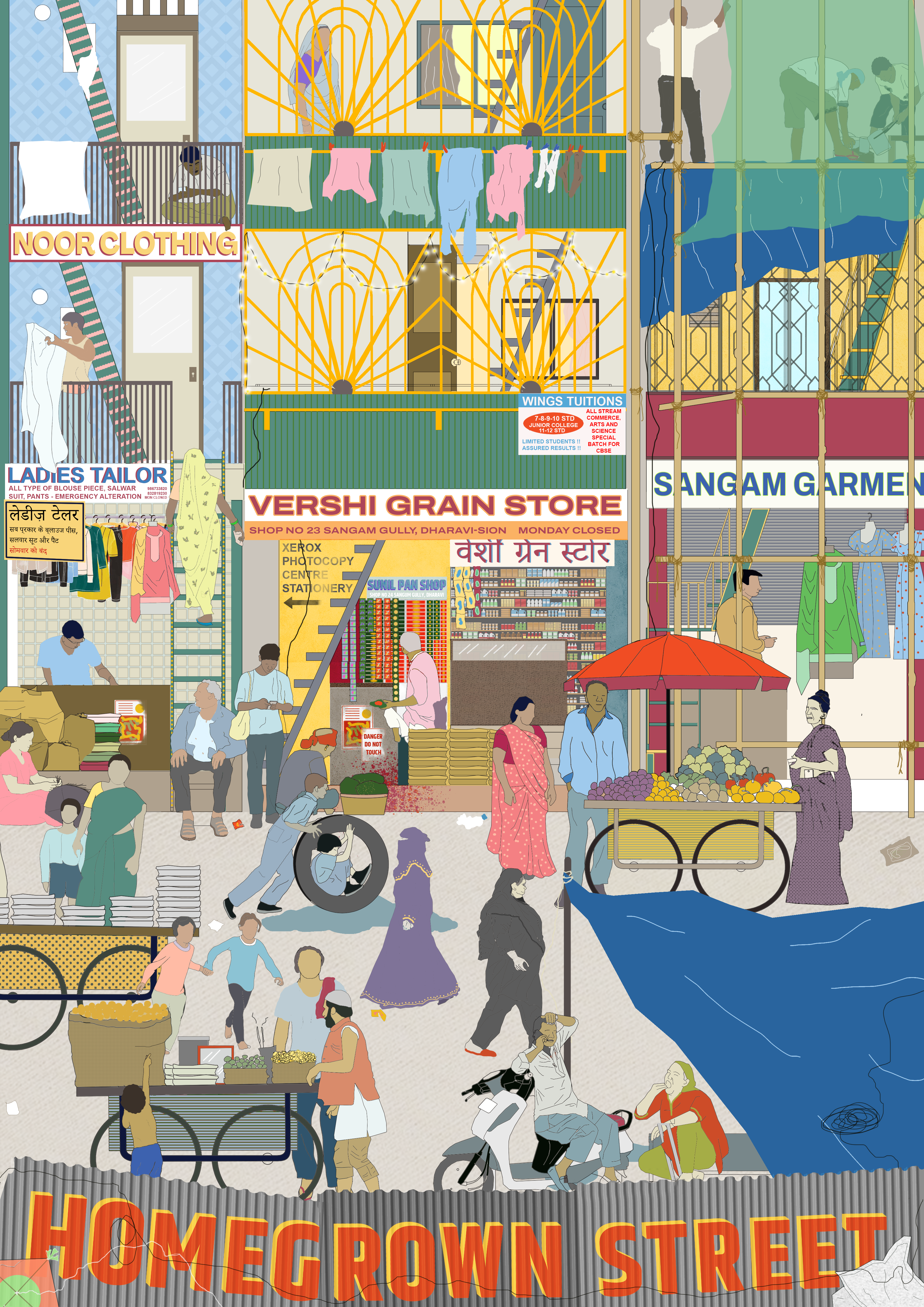
We are taking the Design Comes as We Build project to the next level - the Homegrown Street!
Homegrown Street
The Homegrown Street project is the second phase of The Design Comes As We Build, which was realized in Mumbai in 2016. The models, plans and photographs produced in the first phase were exhibited at the Dr. Bhau Daji Lad City Museum (Mumbai), Maxxi (Rome), House of Architecture (Graz) and Spring House (Amsterdam). The project is part of the permanent exhibition of the M+ museum of visual culture in Hong Kong, which opened in 2020.
The project recognizes the talent and skills of local builders in homegrown settlements by providing a space for showcasing their ideas and design imagination. From Cairo to Mumbai, from Sao Paulo to Tokyo, cities work with multiple strategies to fulfill building related demands of urban life. Due to increased pressure, construction activities often spill out from professional boundaries. Most architecture and civic administrations, urban infrastructure projects and real-estate developments work on a financial model of large scale capital mobilization, often rooted in speculation. However, a majority of inhabitants raise small amounts of capital from their family and community networks to finance a local economy of incrementally growing construction projects outside this space.
Such spaces are often populated by self-taught experts and professionals who have gained design and construction skills through experience and practice. Rather than seeing them in opposition to professional and certified practices, or through euphemistic binaries of the formal and informal, the project sees them as part of a shared space, rich in potential for dialogue and collaboration. The project’s departure point is the recognition of the role of local actors in the production of their own habitats. It focuses on the processes at work in Dharavi, a famously unplanned settlement at the heart of Mumbai, that is usually described as Asia’s largest slum. Putting preconceptions aside and using an ethnographic lens that works with the language of architecture, the project explores the design imagination of local artisans who day after day build thousands of tiny houses that accommodate the multitude of low-wage workers sustaining the city’s service and manufacturing sectors.
urbz continues its work in Dharavi, Mumbai and other parts of the world, where we collaborate with inhabitants, artisans and builders to improve habitat and everyday life building upon local knowledge and creativity. The construction of homes by local artisans, with practical skills and no academic training in architecture or engineering, continues to happen throughout the world, even as, or perhaps because, the industry of construction is becoming increasingly expensive and hyper-professionalized, leaving hundreds of millions of urbanites.
We are taking an existing street in Dharavi, Mumbai - Sangam Gully and inviting design proposals and models for 20 houses and shops on either side of the road. All of these houses will be designed by local contractors and artisans. The program for each house and the street will be based on existing and projected uses. This will be done in a participatory way, with the people who currently live there. We will ask them to project how their family will want to use the house in 5 to 10 years' time.
The designs will be based on existing local typologies and practices and there will be proposals made by local contractors, models by local artisans and mixed in it will be the designs by international architects who respond to the designs of local contractors. By showcasing the ideas of local contractors and artisans, the project makes a powerful statement about the state of building and construction today and its potential for the future. It seeks to demonstrate that there is nothing intrinsically wrong with the mixed-use, low-rise, high-density typology of Dharavi. In fact it can even provide the template for some of the most adaptive and cutting edge design and practices, integrating local life and activity into globally relevant architecture.

